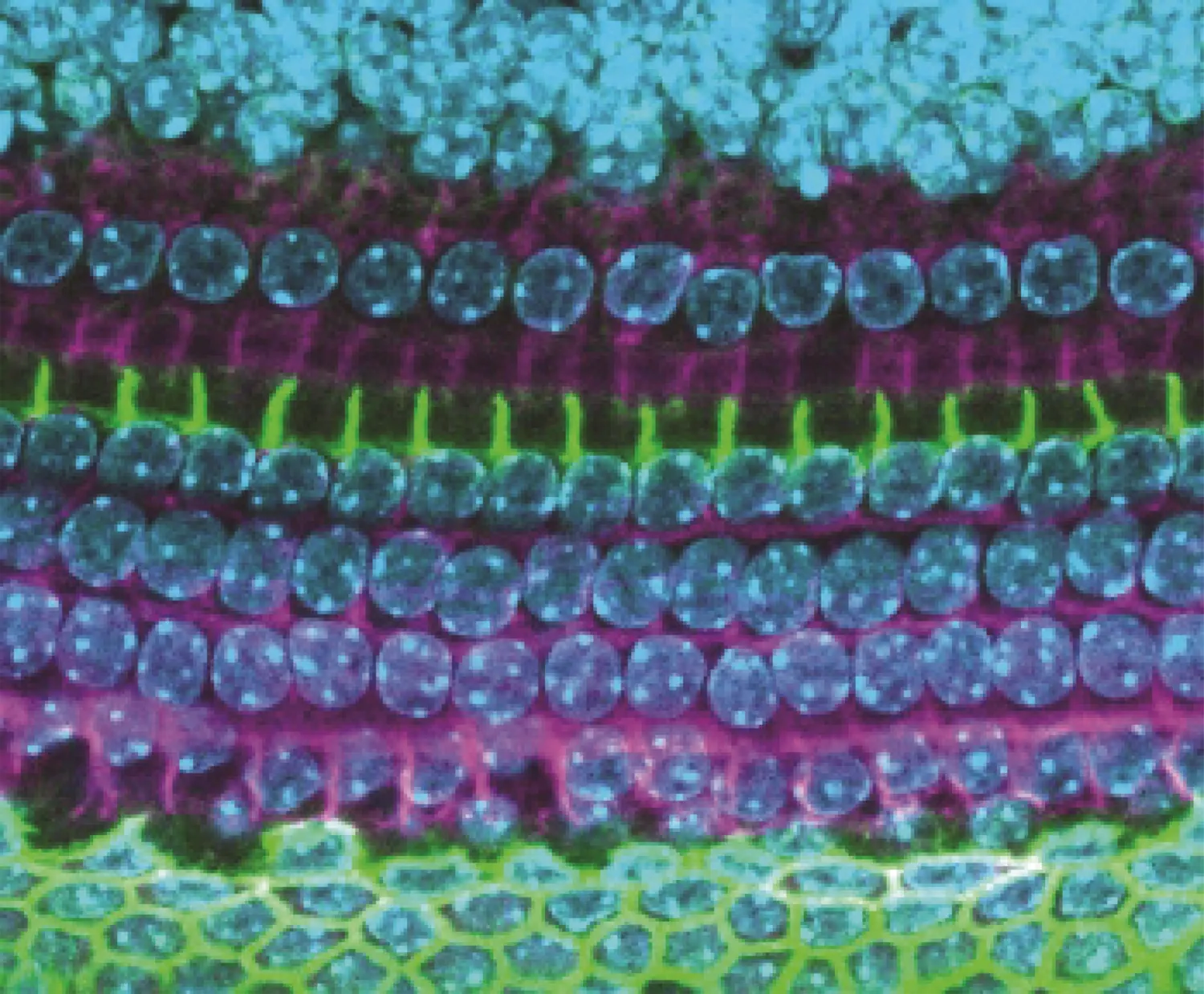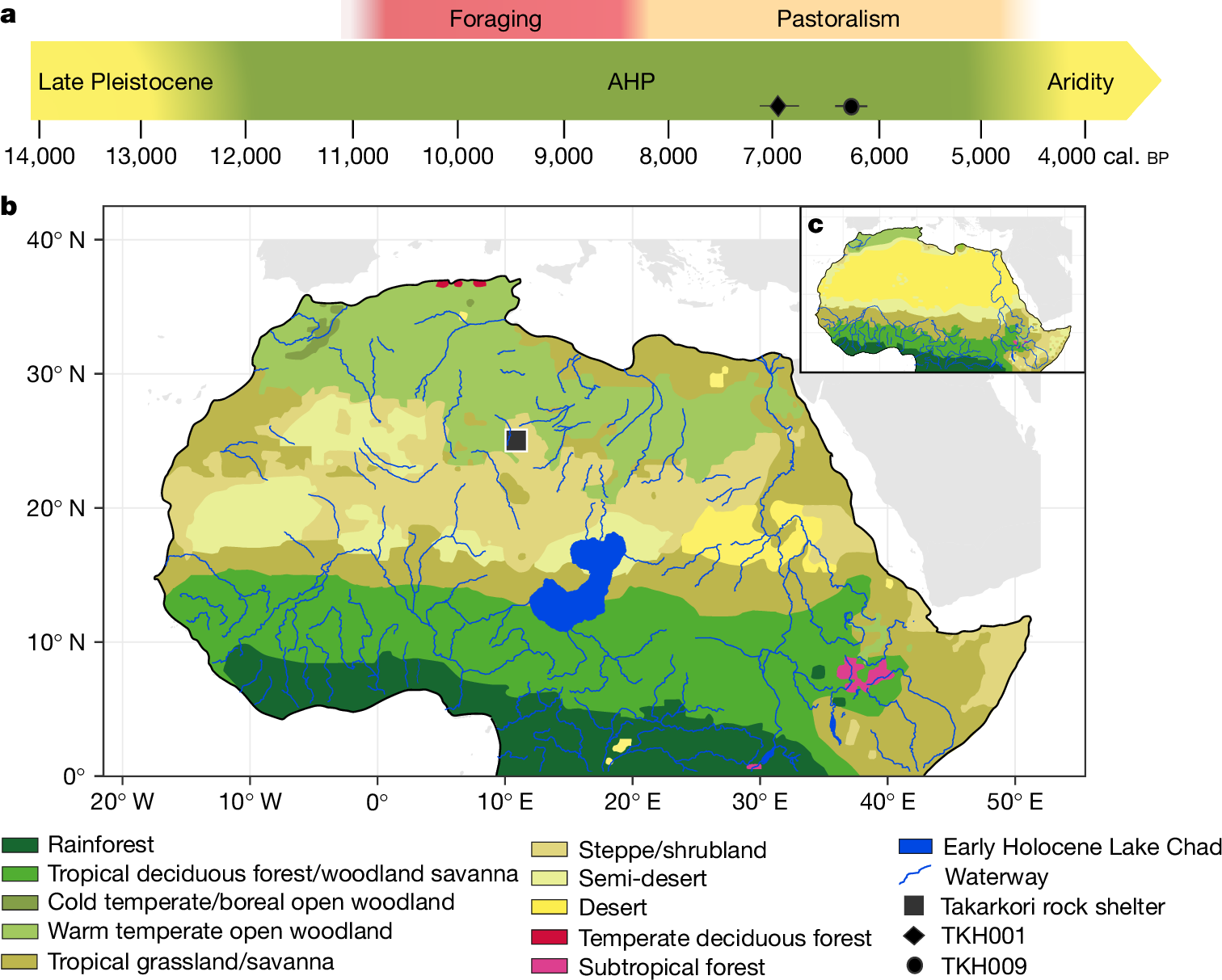2025-04-03 カロリンスカ研究所(KI)

Image of the inner ear. At the top, a dense mass of cells (blue) adjacent to the organ of hearing: a row of inner hair cells (blue, round) surrounded by supporting cells (purple and green diffuse squares). Then three rows of hair cells (large, blue, round), and then another row of supporting cells (smaller blue, round, inside squares). At the bottom, a dense mass of cells associated with the organ of hearing (circled in green). Photo: Sandra de Haan
<関連情報>
- https://news.ki.se/new-method-reveals-how-the-brain-and-inner-ear-are-formed
- https://www.science.org/doi/10.1126/science.adq9248
外胚葉バーコーディングによる神経と蝸牛のコンパートメント化の解明 Ectoderm barcoding reveals neural and cochlear compartmentalization
Sandra de Haan, Jingyan He, Agustin A. Corbat, Lenka Belicova, […], and Emma R. Andersson
Science Published:3 Apr 2025
Editor’s summary
Sensory organs play a major role in how animals interact with the environment. de Haan et al. used in utero injection and lineage tracing to resolve cellular differentiation trajectories of the developing inner ear in mice. Lentiviral injection into the mouse amniotic cavity at embryonic day 7.5 allowed the authors to determine the various cell types within the cochlear epithelium, neural crest–derived glia, and intermediate cells in the cochlea. Their results led to the identification of cell types that were previously misclassified, and represent a comprehensive single-cell atlas of clonal relationships within the mouse cochlea. —Mattia Maroso
Abstract
Placodes and the neural crest are defining features of vertebrates. In this study, we investigate their lineages in mice using in utero approaches. We demonstrated that nanoinjection at embryonic day 7.5 targeted the ectoderm, including the future nervous system, placodes, and neural crest, allowing highly efficient manipulation of the future nervous system and inner ear. By using heritable DNA barcodes and high-throughput next-generation single-cell lineage tracing, we elucidated convergent differentiation pathways and identified distinct nervous system–, neural crest–, and otic placode–derived lineages. Clonal analyses identified early neural and cochlear compartmentalization, linking differentiated cell types to their progenitors or cellular siblings. This provides foundational insights for neuroscience and developmental biology.


